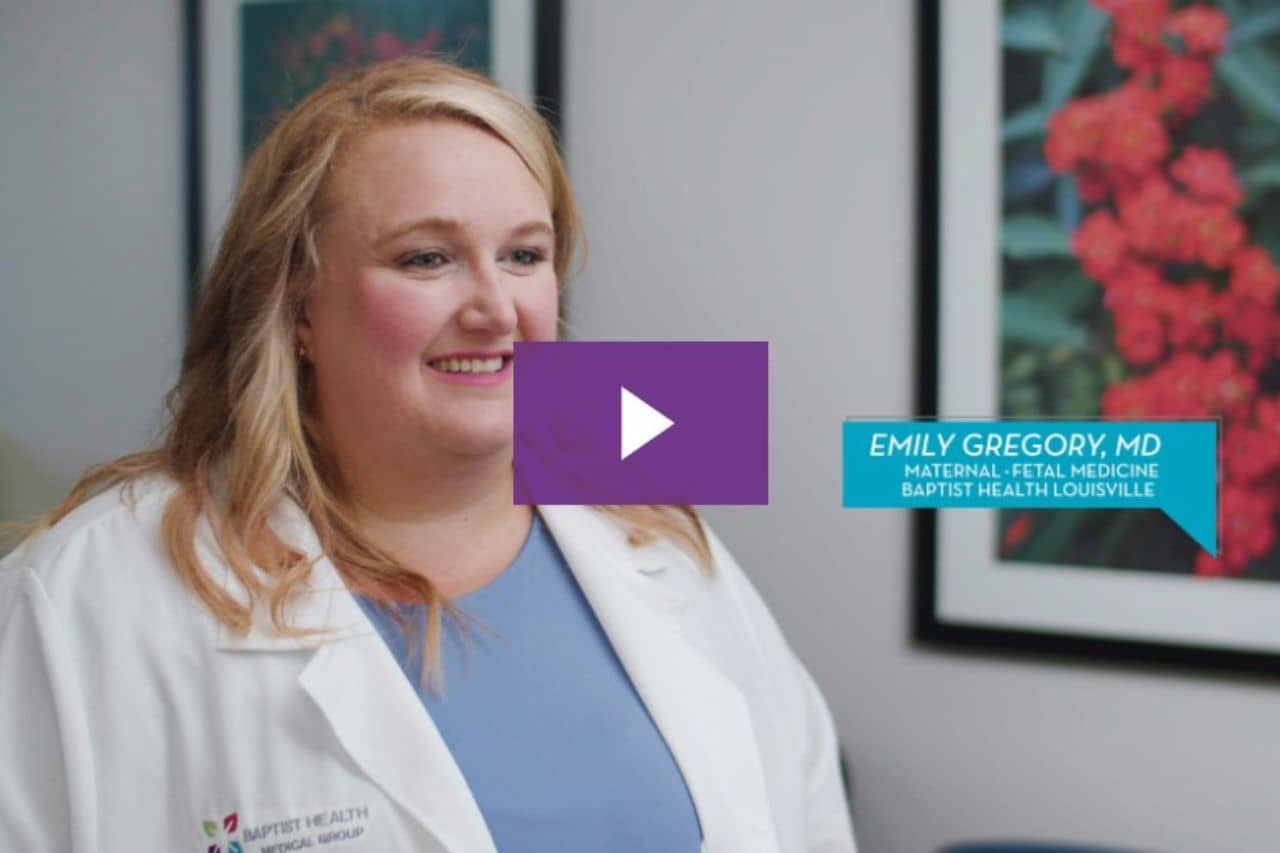Adenomyosis vs Endometriosis
.jpg?rev=891616c0854b4a1184ab3e67dbb09236)
Adenomyosis vs. Endometriosis: Understanding the Difference
Adenomyosis and endometriosis are painful disorders that involve endometrial tissue — the internal lining of the uterus. Understanding the two conditions is helpful for you if you experience either of them and essential for doctors to reach the correct diagnosis and prescribe effective treatment.
This article explains adenomyosis versus endometriosis, including their differences, symptoms, and treatment options.
Location, Location, Location: Where the Tissue Grows
Endometrial tissue (also called the endometrium) is vital to pregnancy and the functioning of the uterus. It’s where fertilized eggs implant and develop. However, problems occur when this tissue grows somewhere it shouldn’t.
What is adenomyosis vs. endometriosis? Location is the key:
Endometriosis
Endometriosis occurs when endometrial tissue grows outside your uterus. It can become implanted in several locations, including the ovaries, fallopian tubes, and pelvic lining.
Adenomyosis
Adenomyosis occurs when endometrial tissue grows into the muscle of your uterine wall. Unlike endometriosis, the tissue doesn’t implant outside the uterus.
Shedding Tears (or Not): The Impact on Menstruation
How is adenomyosis different from endometriosis? Despite developing in different locations, endometriosis and adenomyosis can both affect menstruation. The primary difference is in the shedding or retaining of endometrial tissue implants.
Endometriosis
If you have endometriosis, your body sheds endometrial implants during menstruation. This action often causes heavy bleeding, inflammation, and pain.
Adenomyosis
Your body does not shed endometrial implants during menstruation with adenomyosis. However, the condition causes menstrual issues similar to endometriosis, including heavy bleeding and pain.
Symptoms
When considering adenomyosis vs. endometriosis symptoms, it’s important to note that they share some symptoms, including pain (especially during menstrual periods), cramping, pain during sex, and abnormal bleeding. The conditions also have unique symptoms.
Endometriosis
If you have endometriosis, you may experience pain with bowel movements or urination, fatigue, and infertility.
Adenomyosis
Adenomyosis can cause the sensation of a heavy or enlarged uterus or pressure on the bladder or rectum.
Treatment Options: Finding Relief
With adenomyosis or endometriosis, treatment depends on the severity of the condition. In most cases, over-the-counter medications like non-steroidal anti-inflammatory drugs or NSAIDs can relieve the pain as needed.
Hormone medicines like birth control pills, progestin, progesterone, and gonadotropin-releasing hormone agonists can slow the growth of endometrial tissue in any location and improve the condition. However, the only way to eliminate either condition is to have a hysterectomy (removal of your uterus).
Living With the Condition: Taking Charge
If you have adenomyosis or endometriosis, pain and other symptoms can adversely affect your quality of life. That’s why it’s essential to manage your condition.
That includes talking to your doctor regularly about what you’re experiencing. Knowing how often you experience symptoms, their intensity, and other characteristics of your condition helps your physician determine the best way for you to get relief.
Joining a support group can also be helpful. Talking with others and comparing experiences can alleviate some of the stress of living with endometriosis or adenomyosis.



